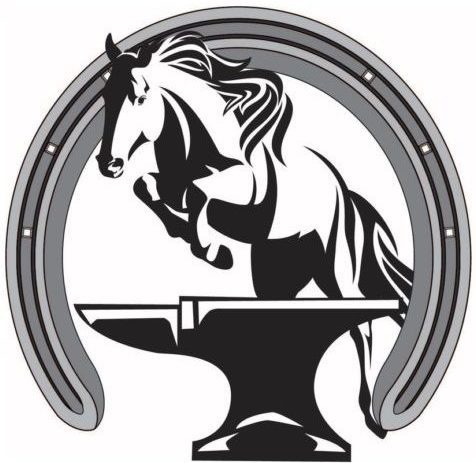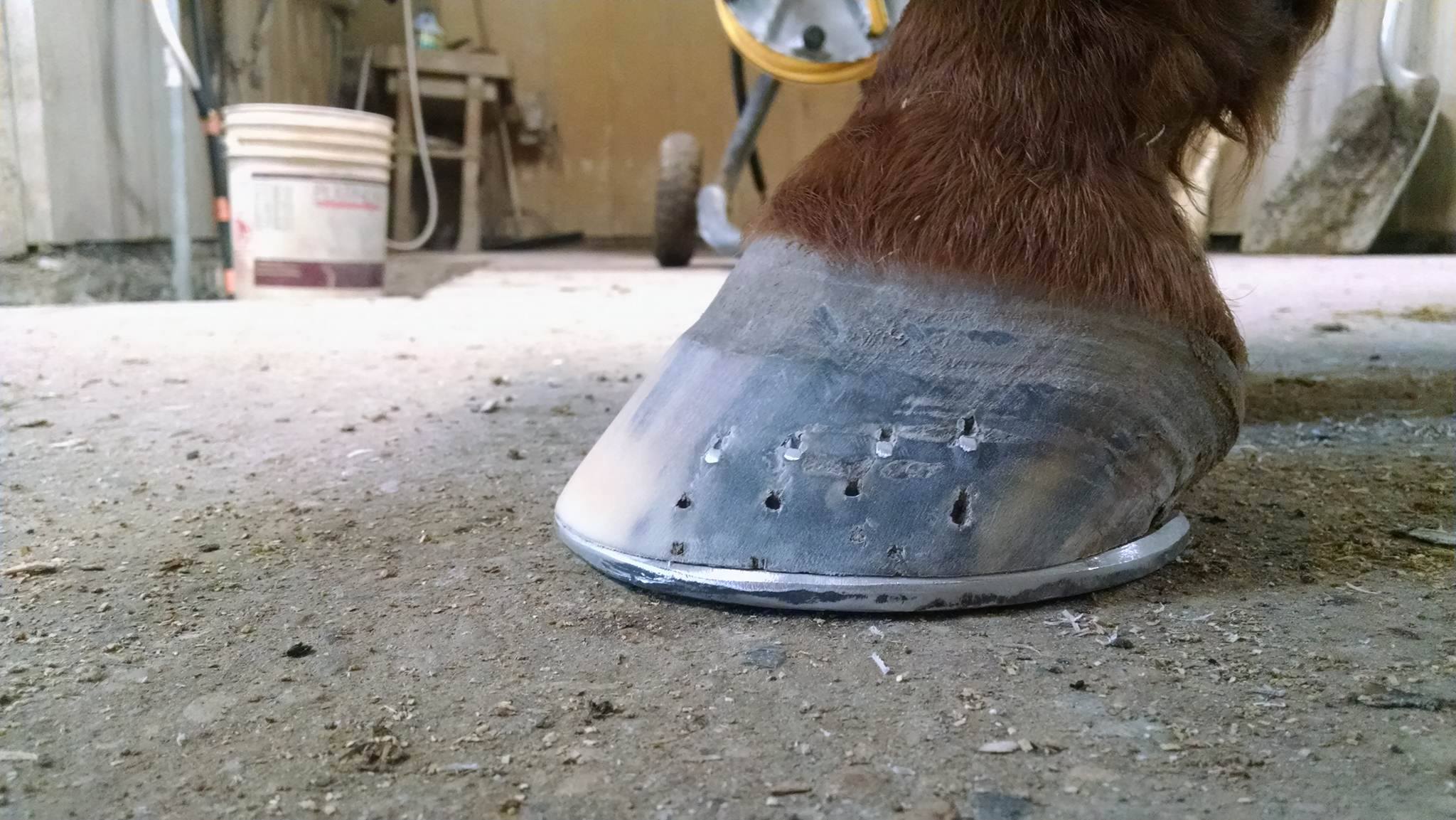We all want our horse’s hooves taken good care of, but what makes it a good job? While the question of exactly what is correct for each horse is far too complex to answer in a blog, I will try to give a general overview of things to look for. For this example I will use the case of a horse with shoes but the principles are the same for a trimmed foot.
Finish
We will begin at the end of the job rather than the beginning since that is what most horse owners see. Nails should be placed ⅓ to ⅔ of the way up the hoof wall. Clinches should be small, square, smooth, and set into the hoof wall. There should not be rasp marks in the hoof wall, rather the wall should be smooth.
Shoe fit
If shoes are used they should be fit to the hoof, not the hoof fit to the shoe. There should be some shoe hanging out from the foot but not an excessive amount. Preferably shoes will be hot fit to the horse rather than being set cold.
Trim
The foot should be smooth and level with no rough spots or divots from the rasp or nippers. The angle of the hoof should match the pastern. It should be noted here that there is no one angle for any breed or type of horse, just because an angle looks low or high compared to another horse does not mean it is wrong. Each horse and each foot is unique. There should not be too much foot to take off, if more than ⅜ of an inch needs to be taken off of the foot then the horse should be on a shorter schedule. Trimming is not about taking length from the foot, but rather about managing distortion and imbalance.
We must remember that there are exceptions to what has been written here. While every horse should receive excellent hoof care, the quality of the work will suffer when the horse is on too long of a schedule, is ill-behaved, or is in poor conditions during shoeing (i.e. mud). The best hoof care plan of all is to hire the best farrier that you can and keep the horses on a good schedule (4-6 weeks).

